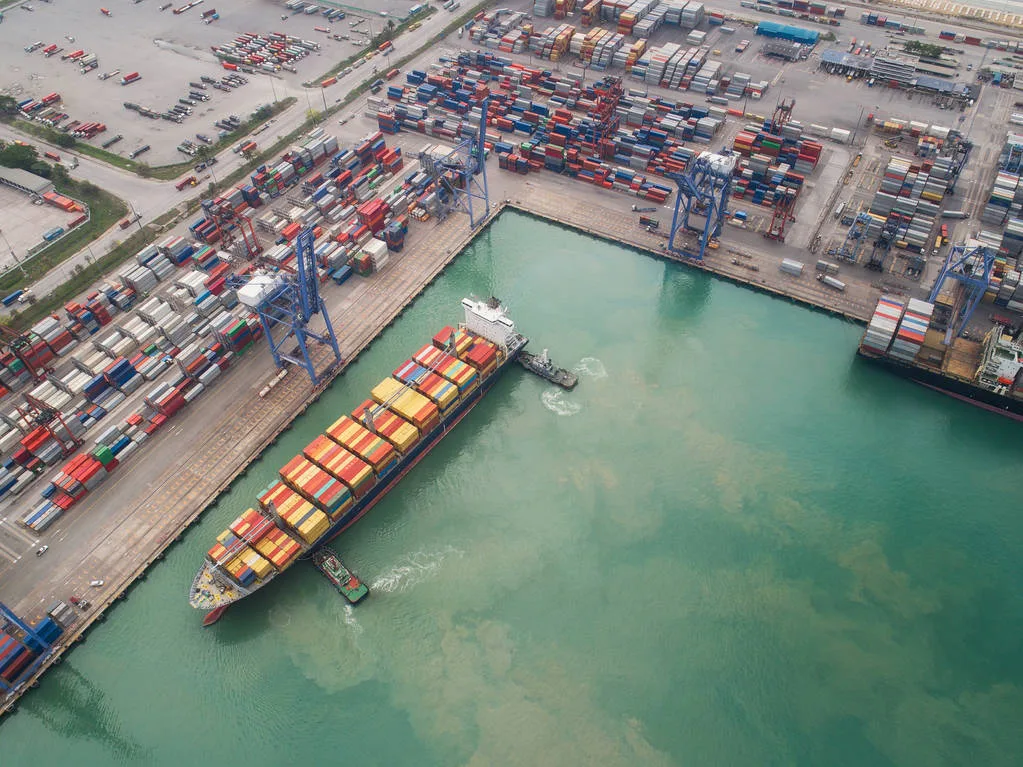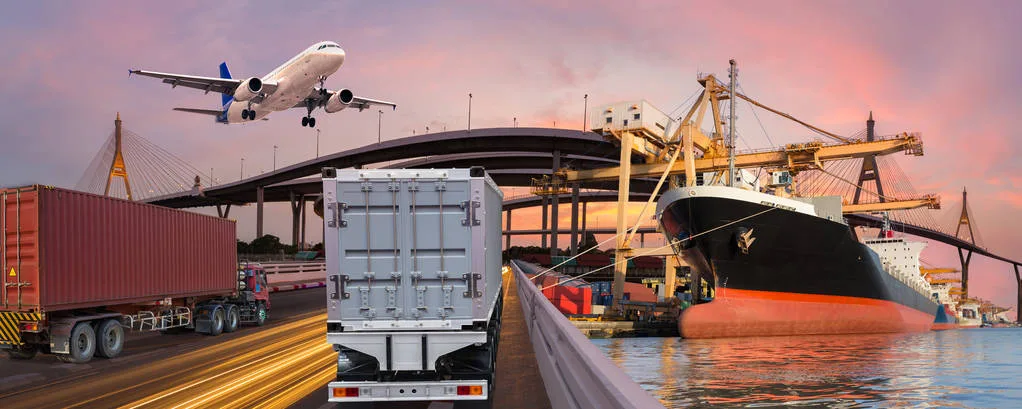With frequent trade flows from China to Spain, choosing the right shipping method and understanding the factors that affect delivery times are crucial to ensuring the supply chain operates efficiently. Below is an overview of the timeliness and costs of different shipping methods, as well as several key factors that affect shipping times and optimization suggestions.
Shipping Methods and Timeliness of Shipments from China to Spain

Air Freight from China to Spain
Standard air freight: From major cities in China (such as Shanghai, Guangzhou, Shenzhen) to Spain (Madrid, Barcelona), it generally takes 3 to 8 working days.
Express services (such as DHL, UPS, TNT): provide faster services, and the delivery time can be shortened to 2 to 5 working days, but the cost is relatively high.
Sea Shipping from China to Spain
Shipping time: The shipping time from China to Spain is about 30 to 45 days. The specific time depends on the departure port, destination port and sailing route.
Timeliness of specific routes: For example, Shanghai to Algeciras, Valencia, Barcelona, etc., the time range ranges from 32 days to 45 days, depending on the port and route.
LCL transportation: Compared with FCL transportation, an additional 3-5 days need to be reserved.
Rail Transport from China to Spain
Shenzhen, China to Spain: Through the China-Europe Express, the overall timeliness is about 30 natural days, including the domestic section, railway transportation, customs clearance and UPS delivery.
Yiwu, China to Madrid: Railway transportation time is about 18 to 22 days, which saves 10 to 15 days compared to sea transportation. It is a cost-effective option.
Shipping Costs from China to Spain

Shipping costs from China to Spain: The freight for 20-foot and 40-foot containers varies according to the port of departure, with the average price ranging from 3050 to 3050 to 5050 (20FT) and 4550 to 4550 to 50850 (40FT).
Air freight costs from China to Spain: from Shanghai or Shenzhen to Spain (Barcelona or Madrid), the price is approximately between 6.4 and 6.4 to 8.8 per kilogram, depending on the weight of the goods and the specific service.
Factors Affecting Shipping Time from China to Spain

Holidays and weekends: Public holidays in China and Spain will affect logistics operations.
Customs inspection: Goods may undergo varying degrees of inspection, which may take extended time.
Weather and natural disasters: Extreme weather conditions can interrupt shipments and extend shipping times.
Strategies to Shorten Shipping Time from China to Spain

Choose a fast shipping method: like expedited express service.
Prepare complete and accurate documentation: Speed up the customs clearance process.
Real-time cargo tracking: Use the logistics tracking system to respond to possible problems in a timely manner.
How to Shorten Shipping Time from China to Spain

To effectively shorten the logistics cycle from China to Spain, the following strategies are worth adopting:
Preferred high-speed logistics solution:
In addition to regular express services, more customized and responsive shipping options are emerging on the market today, such as express air services and priority rail connections, which are often significantly faster than standard services. For time-sensitive cargo, consider choosing these high-level expedited services, which can improve transportation efficiency while ensuring timeliness.
Complete document preparation:
Accurate documentation is the key to quick customs clearance. It is recommended that all necessary import and export documents, such as commercial invoices, certificates of origin, packing lists, etc., be prepared and verified in advance to ensure that the electronic data is consistent with the physical objects and to reduce customs clearance delays caused by document errors or omissions.
Use smart logistics monitoring tools:
Taking advantage of modern technology, most logistics companies already provide advanced online tracking systems. Through these platforms, shippers can obtain real-time cargo status. Once abnormalities or delays are discovered, they can quickly communicate and coordinate with logistics service providers, take remedial measures, and effectively manage time expectations.
Flexible response to seasonal and environmental factors:
Carefully plan delivery times to avoid traditional holidays, extreme weather periods, and industry peak seasons, which can easily cause logistics congestion and delays. Timely adjustments to transportation strategies, such as arranging shipments during the off-season, can significantly improve transportation efficiency.
Build a strong logistics partnership:
Establish long-term cooperative relationships with experienced and reputable บริษัทขนส่งสินค้า such as NEW SPEED Logistics. They can provide professional route planning and cost control suggestions and rely on their rich industry resources and professional knowledge when encountering emergencies. , develop emergency plans for you to ensure the smoothness and efficiency of the logistics chain.

